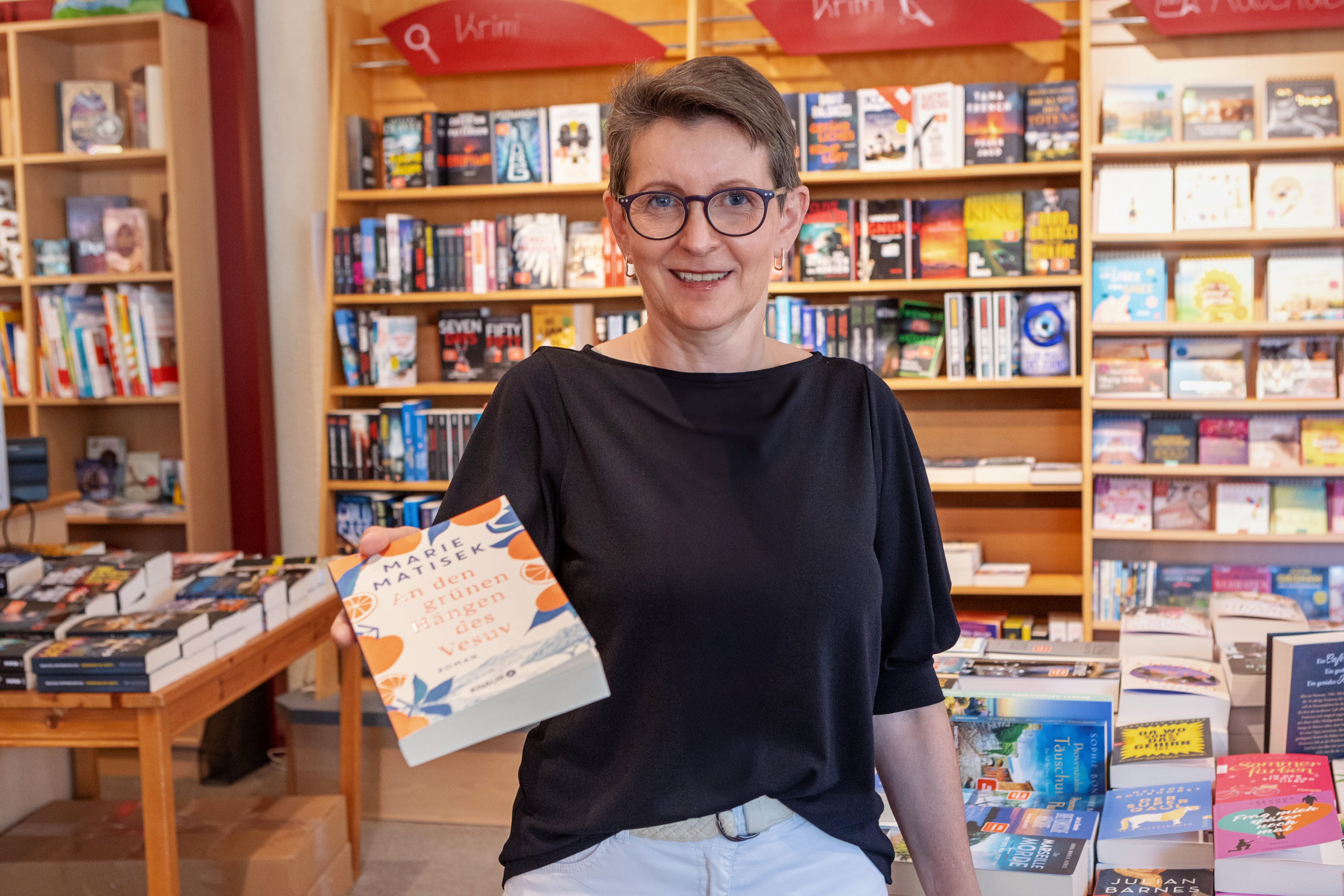Seminar paper from the year 2005 in the subject Sociology - War and Peace, Military, grade: 1,0, Indiana University (Sociology Department ), course: S 660: Politics and Public Opinion Research, language: English, abstract: Information and statistics about how a great part of the American public felt about certain issues concerning their life or the nation have not been available for very long. Even in the absence of data there have been vast speculations and reports by the news media on public opinion regarding specific policy decisions by the government. In the maiden decades of the republic policymakers and businessmen were always trying to grasp what the public mood was with respect to a particular event or decision. Yet due to the poorly developed infrastructure and lack of technological innovations at that time it was nearly impossible to find out what the thoughts of a larger part of the population were in a reasonable matter of time. The ¿scientific¿ public opinion polling that is taking for granted today is not that old. The American Institute of Public Opinion, more commonly known as the Gallup poll, came into existence in 1935 just in time for the 1936 presidential election between Roosevelt and Landon. The Literary Digest, just as the American Institute, attempted to predict the winner of the 1936 election with the data they collected during their research polling. In the end, the Gallup poll was more accurate and predicted with Franklin Roosevelt the correct winner of the election even though the survey was conducted with fewer respondents but with a much more representative selection. Had the Literary Digest been right in its analysis maybe today¿s standard polling procedures would be somewhat different.A much older tradition in the history of the United States is the debate about the merits of public participation, majority rule and popular sovereignty. It is a debate as old as the nation about the definition of the proper role of public opinion on affairs of the national government. In this context the emphasis is especially on affairs of foreign policy, issues about military operations in particular. Ole Holsti identifies the two traditions American thought which define both sides. On the one hand there is a long liberal tradition in the United States which characterizes public opinion as ¿a force for enlightenment and a necessary if not sufficient condition for sound foreign policy and thus a significant contributor to peaceful relations among nations.¿ On the other hand there is a long realist tradition which sees the public as a ¿source of emotional and shortsighted thinking that can only impede the effective pursuit and defense of vital national...

